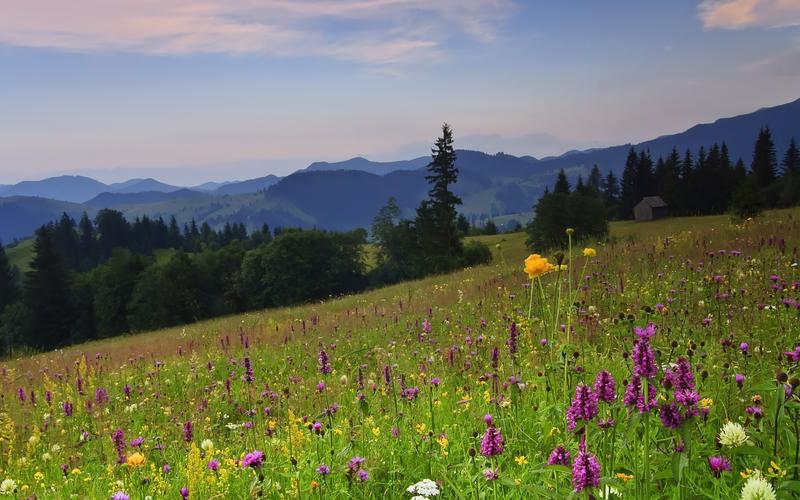The Colorful World of Mexican Cultural Traditions
Mexico is a country with a rich and vibrant cultural heritage. The colorful mix of traditions and customs creates a unique and fascinating cultural display that attracts tourists from all over the world. The fusion of indigenous, Spanish, and African influences is particularly evident in Mexico’s art, music, dance, and cuisine. In this article, we explore the depth and breadth of Mexican cultural traditions, from the iconic mariachi music to the ancient pre-Hispanic rituals.
Mariachi Music
Mariachi music, with its lively rhythms and melodious tunes, is one of the most famous Mexican cultural traditions. It originated in the state of Jalisco in the 19th century and has since become a staple of Mexican celebrations, such as weddings and birthdays. Mariachi bands usually consist of trumpets, violins, guitars, and sometimes a harp. The musicians dress in traditional charro outfits, complete with wide-brimmed hats and ornate suits. Mariachi music is an essential part of Mexican cultural identity, and its vibrant rhythms and uplifting melodies continue to enchant audiences worldwide.
Day of the Dead
Dia de los Muertos, or Day of the Dead, is an ancient tradition with deep roots in Mexican history. This annual holiday is celebrated on November 1st and 2nd, to coincide with the Catholic holiday All Saints’ Day. It is a time when families gather to honor and remember their deceased loved ones, with colorful altars and offerings of food, flowers, and candles. The streets are filled with parades, music, and dancing, as people in elaborate costumes and masks pay homage to the spirits of the dead. Day of the Dead is a testament to the resilience and creativity of Mexican cultural traditions.
Folk Art
Mexican folk art is a vibrant and intricate expression of the country’s rich cultural heritage. It ranges from the brightly colored Huichol beadwork to the intricate papel picado, or cut paper, decorations. Folk art is deeply rooted in Mexico’s pre-Hispanic past, with many indigenous motifs and symbols pervading the art forms. The use of bright colors, intricate patterns, and detailed designs is characteristic of Mexican folk art, making it instantly recognizable and much-loved around the world.
Food
Mexican cuisine is another prominent element of the country’s cultural traditions. From the spicy flavors of chili peppers to the savory tastes of mole, Mexican food is a feast for the senses. It is a fusion of indigenous and Spanish influences, with a wide variety of ingredients and cooking techniques. Tacos, enchiladas, and tamales are just a few of the iconic dishes that have become synonymous with Mexican cuisine. The street food culture in Mexico is also a must-try, with vendors selling everything from fresh tamales to sweet churros.
Conclusion
Mexico’s colorful cultural traditions are a testament to the country’s rich history and diverse heritage. From mariachi music to Day of the Dead celebrations, from folk art to delicious food, Mexico’s cultural offerings are as diverse as they are enchanting. The country’s unique blend of indigenous, Spanish, and African influences has created a unique cultural identity that is recognized and celebrated worldwide. Whether you’re a tourist or a local, Mexico’s vibrant cultural scene is something to experience and cherish.
(Note: Do you have knowledge or insights to share? Unlock new opportunities and expand your reach by joining our authors team. Click Registration to join us and share your expertise with our readers.)
Speech tips:
Please note that any statements involving politics will not be approved.
